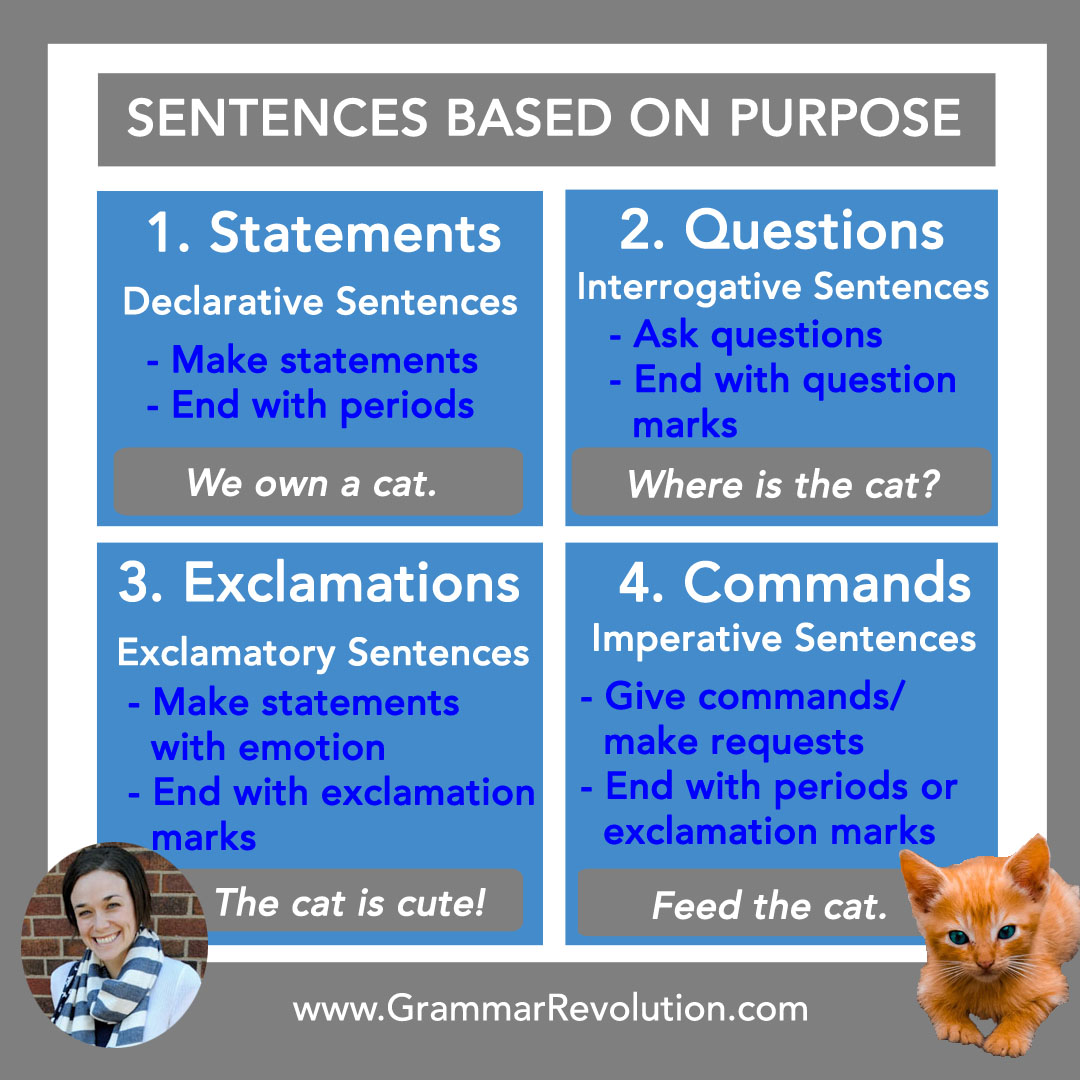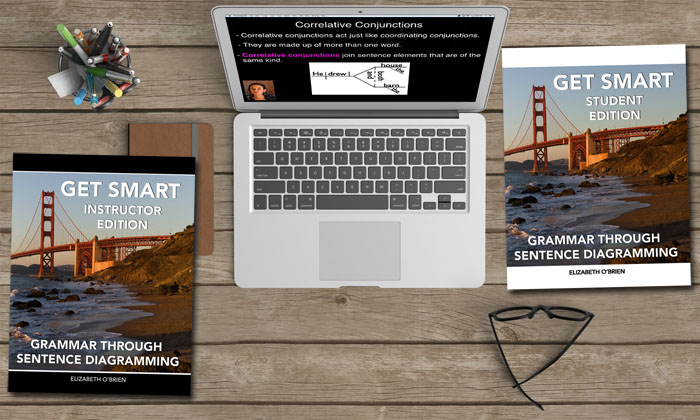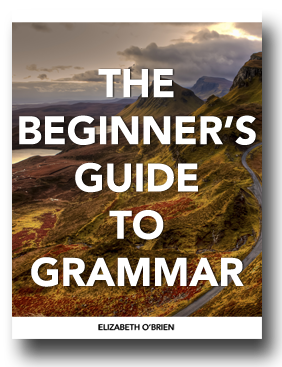Download your free grammar guide here.
Download your free grammar guide here.
Learn the Four Sentence Types
Learn the Four Sentence Types
- Home
- Sentence Types
Are you ready to learn about the four sentence types? Great!
We use different types of sentences for different purposes, and when we categorize sentences based on their purpose, we get four types of sentences (statements, questions, exclamations, and commands).

Let's look more closely at each one!
1. Statements (Declarative Sentences)
Statements are the most common type of sentence, and we use them to...make statements.
It may be helpful to think of what these kinds of sentences don't do. They don't ask questions, they don't give commands, and they don't express ideas with a strong emotion. Think of them as regular, old, boring sentences that end with a period.
The fancy name for a statement is a declarative sentence.
We own a cat.
Dinosaurs lived millions of years ago.
This is my favorite movie.
You may have heard that these kinds of sentences "state facts." If it helps you to think of them this way, then great! However, keep in mind that you could have a declarative sentence that states something that isn't true. Consider these statements:
Pigs fly.
I love going to the DMV.
Those sentences are categorized as statements, but they're obviously not true. A sentence doesn't have to be true to be a statement.
2. Questions (Interrogative Sentences)
Questions are another type of sentence, and I'm sure that you already know what they do—they ask questions! These kinds of sentences end with a question mark.
Where is the cat?
When did the dinosaurs live?
What is your favorite movie?
The fancy name for a question is an interrogative sentence. One thing to note about questions is that they're usually written with a different word order than statements. This might cause you some trouble if you're trying to find the subject and the verb in the sentence.
Statements often begin with the subject of the sentence. In the statement below, the subject is you.
You own a cat.
Questions, on the other hand, often have an auxiliary verb (helping verb) or another word before the subject. In the question below, the subject is you, and the word do is a helping verb.
Do you own a cat?
3. Exclamations (Exclamatory Sentences)
Exclamations, or exclamatory sentences, are another type of sentence. These guys get to have all the fun. They make statements with emotion, so you can think of them as being declarative sentences that end with an exclamation mark.
I can't find the cat!
The tyrannosaurus rex was huge!
I love this movie!
The way that we've defined exclamatory sentences above is usually the way that people think about exclamations. However, you can also define exclamatory sentences in another way. If a sentence start with what or how, is not a question, and has a shift in the typical word order, you can also say it's an exclamatory sentence. When you define exclamatory sentences this way, you're doing it by the sentence's form rather than by its purpose. You can read more about that here.
What big ears you have!
What big eyes you have!
What a terrible, big mouth you have!
4. Commands (Imperative Sentences)
Commands are sentences that—surprise—give commands or make requests. They usually end with a period, but they can also end with an exclamation mark. The fancy name for a command is an imperative sentence.
Feed the cat.
Please get me dinosaur socks.
Play the movie.
One strange thing about imperative sentences has to do with their subjects. Are you ready to hear about it? The subject of an imperative sentence is not stated in the sentence. It's implied.
And it gets even stranger. All imperative sentences have the same subject: (you). We call it understood you because it's not stated; it's simply understood.
When you give a command, you're speaking or writing to someone. That someone is the person that the pronoun you in understood you is referring to.
Even when we begin commands with a person's name, the subject is still you understood. (We call that name at the beginning of the sentence a noun of direct address.)
Bob, feed the cat.
Mom, please get me dinosaur socks.
Jenny, play the movie.
All of those sentences are commands, and their subject is you understood.
Okay, it's time for a tiny quiz on the sentence types! Do you remember what they are? Close your eyes and see if you can recall all four sentence types and their purposes. If you want a beefier quiz, you can take a quiz on the types of sentences here.
This is original content from https://www.english-grammar-revolution.com/sentence-types.html
If you'd like to teach or learn grammar the easy way—with sentence diagrams—check out our Get Smart Grammar Program.
It starts from the very beginning and teaches you grammar and sentence diagramming in easy, bite-size lessons.

Hello! I'm Elizabeth O'Brien, and my goal is to get you jazzed about grammar.
My students love diagramming and are learning so much. Thank you for your inspiration and instruction. - Destiny, Teacher
Our Free Guide Gives You A Fun Way
To Teach And Learn The Basics v

Elizabeth O'Brien is the creator of Grammar Revolution.
Her lessons are guaranteed to give you more confidence in your communication skills and make you smile. :)
Other Helpful Resources

